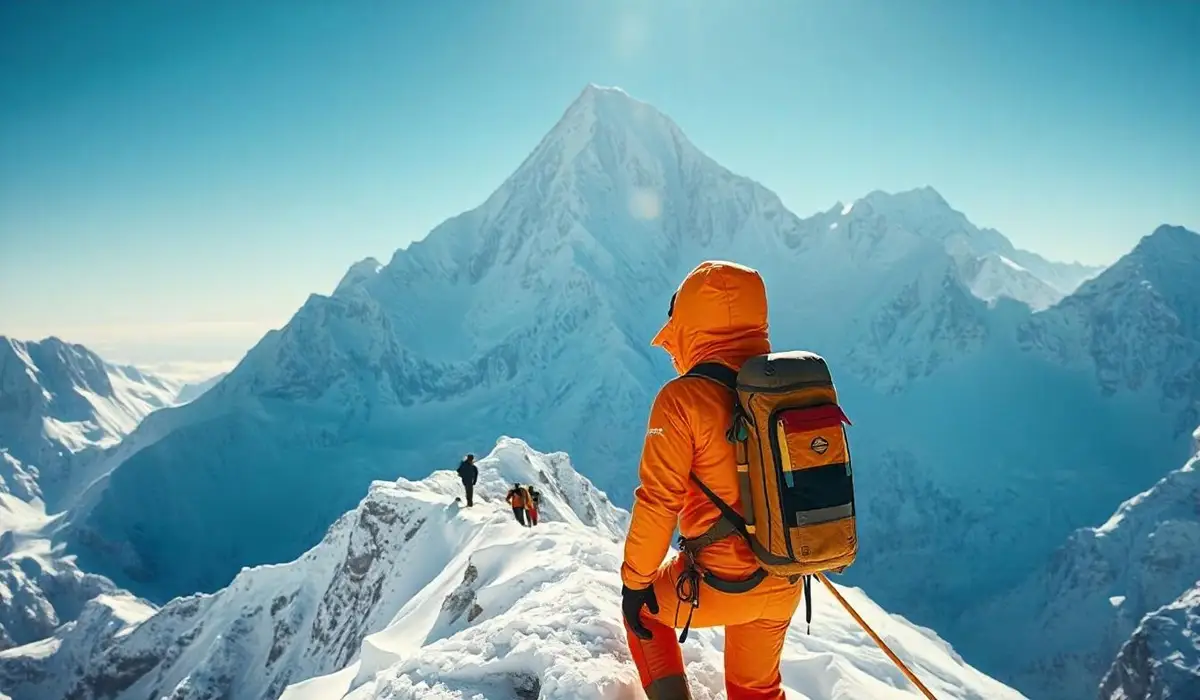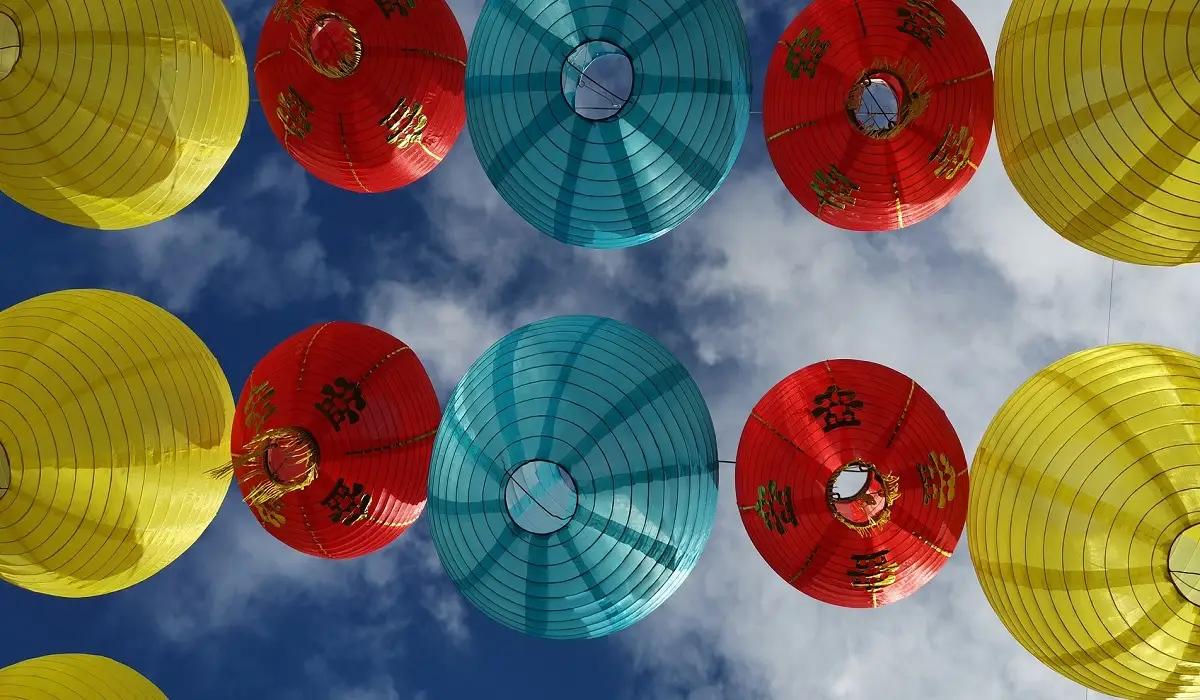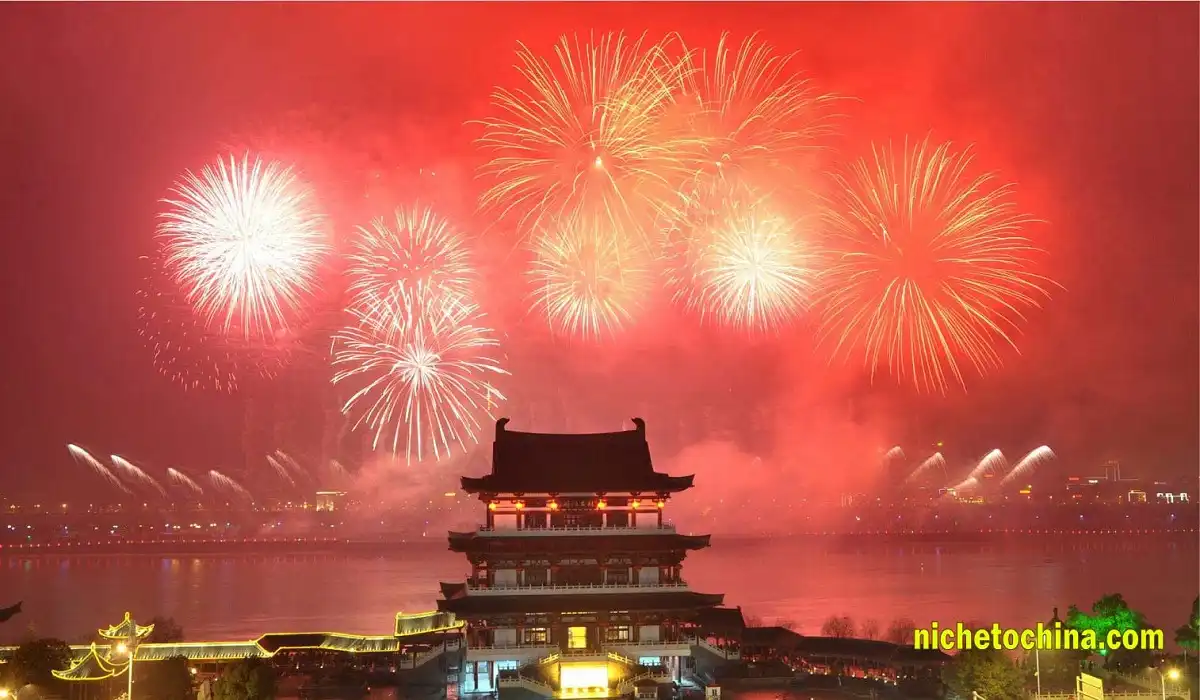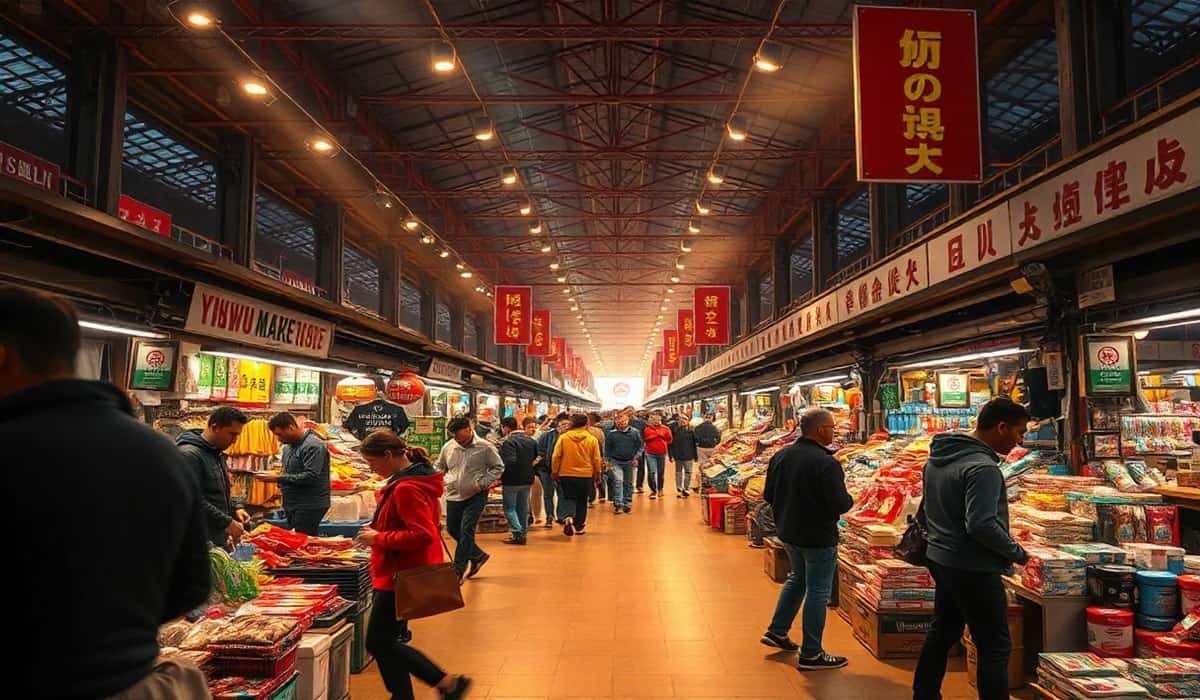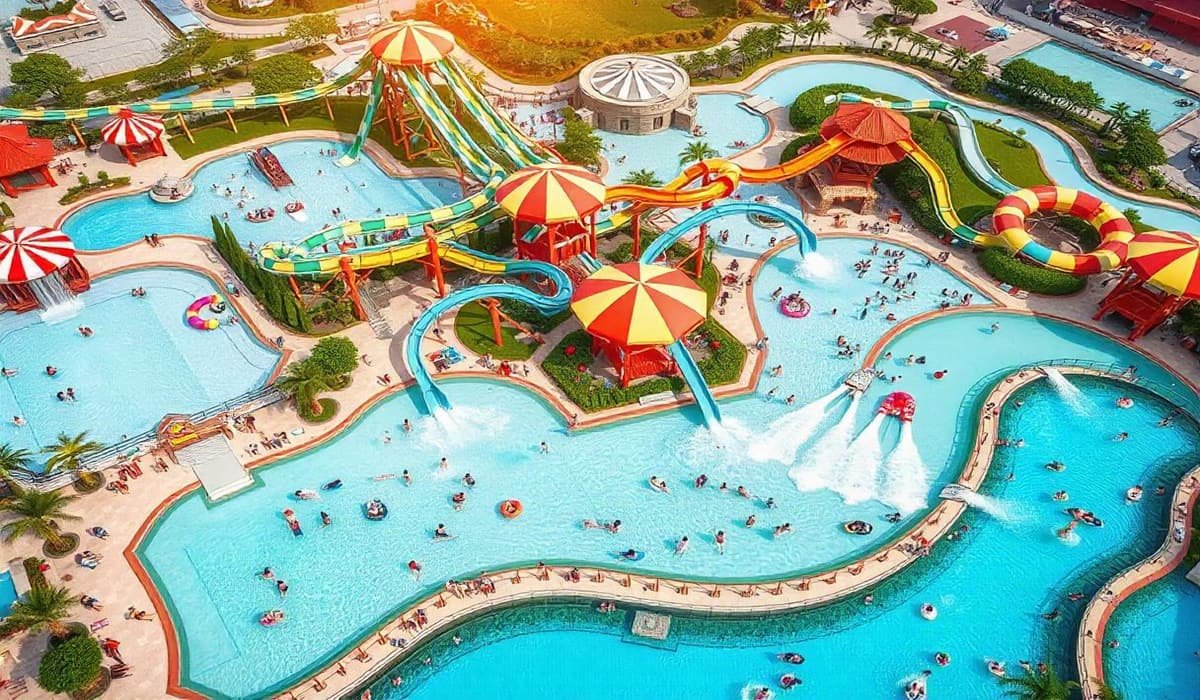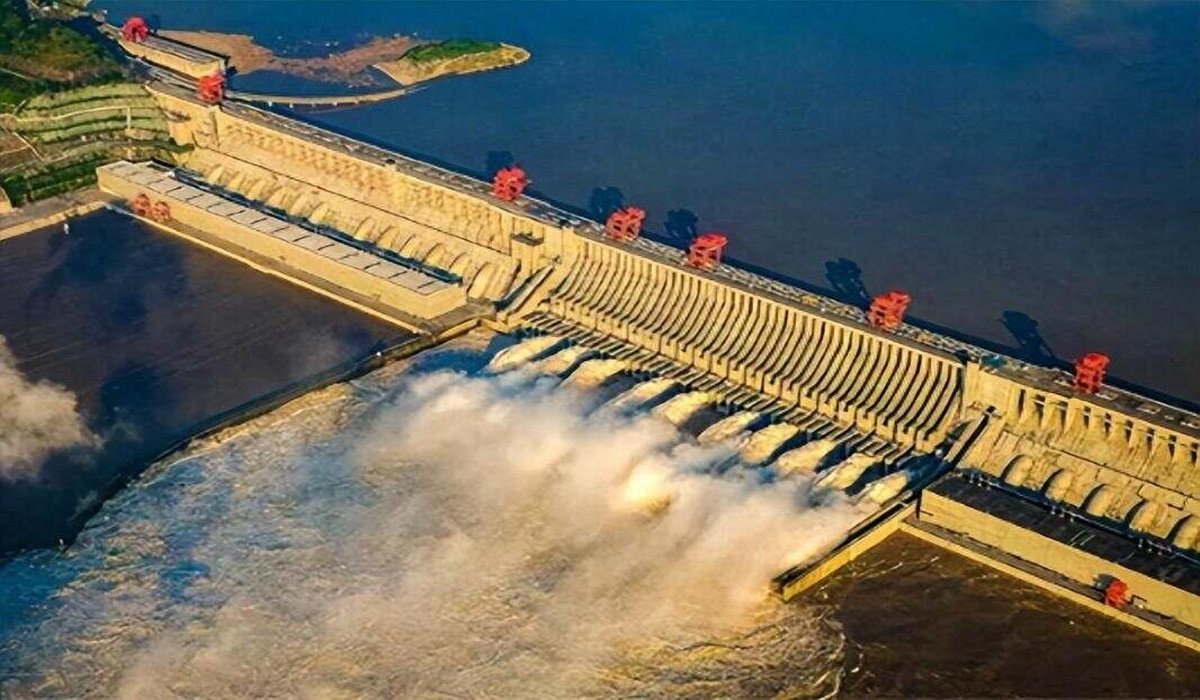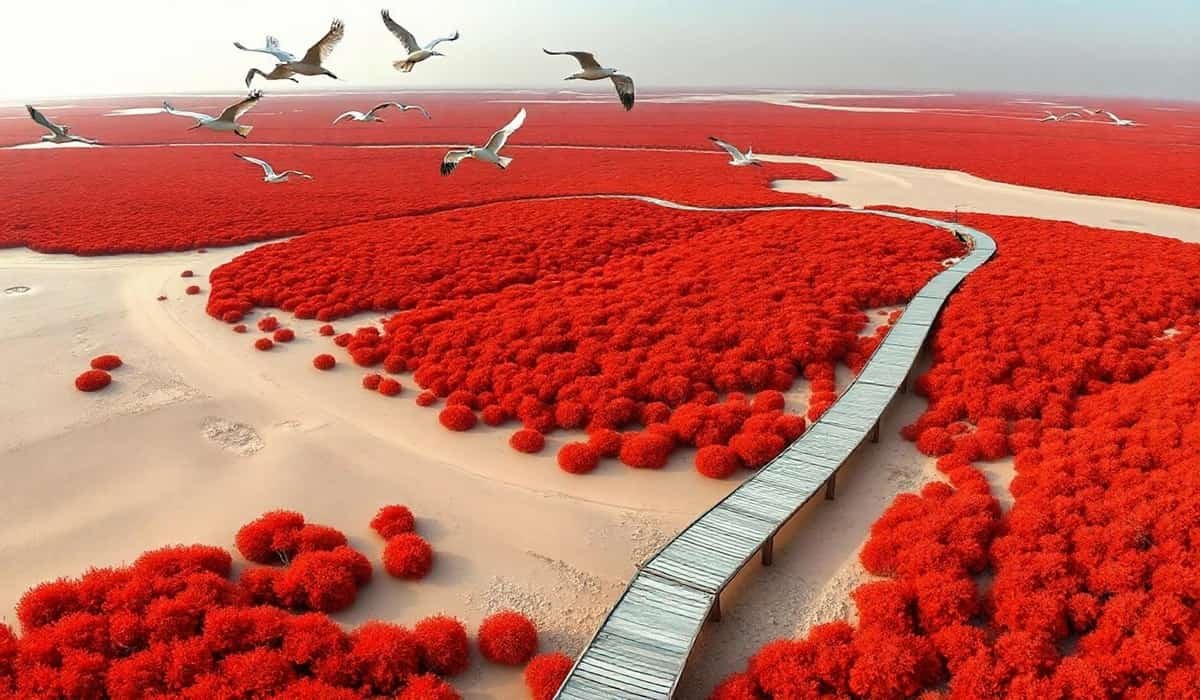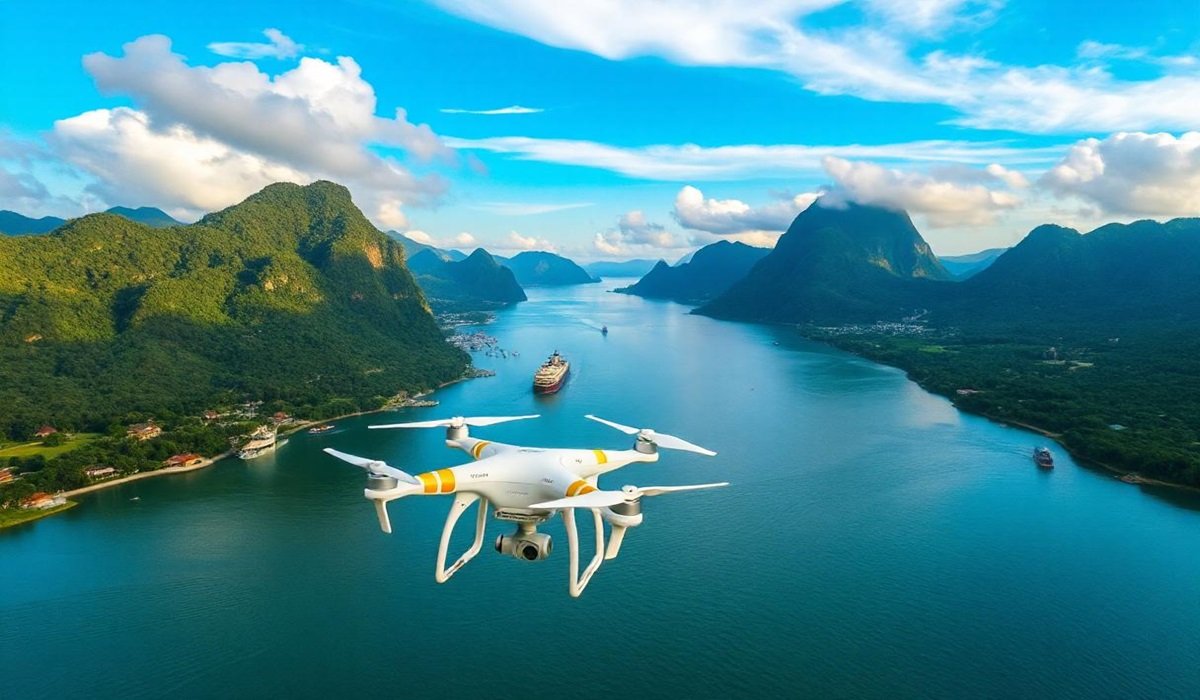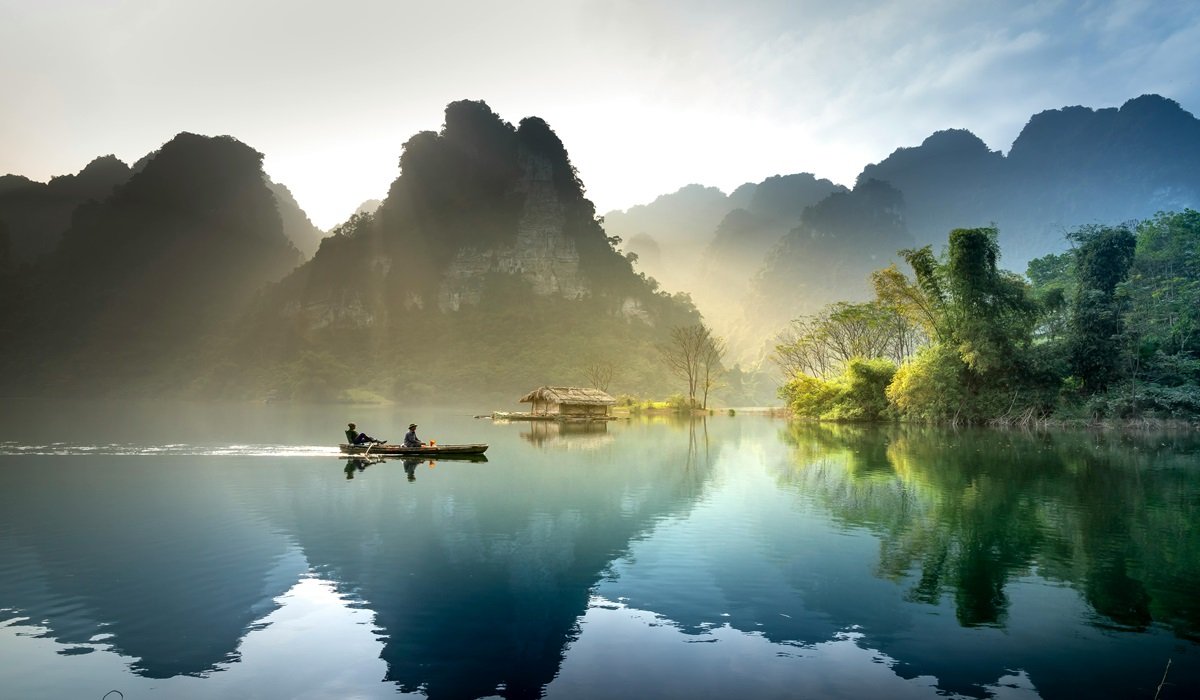Mount Everest, the highest peak on Earth, has captured the imagination of explorers, geographers, and adventure enthusiasts for generations. Its towering presence in the Himalayas is a challenge to climbers worldwide, a symbol of strength, and a testament to the power of nature. But where exactly is Mount Everest located, and what makes it so special? In this comprehensive guide, we’ll explore everything from its geographical position to its rich cultural significance, and even the environmental impact of tourism.
Where is Mount Everest Located❓
One of the most frequently asked questions about this majestic mountain is, “Where is Mount Everest located?” Mount Everest sits in the Himalayan mountain range, straddling the border between Nepal and Tibet, an autonomous region of China. Specifically, the mountain’s exact location is at 27.9881° N latitude and 86.9250° E longitude, placing it in Southern Asia.
Locals call Everest Sagarmatha in Nepalese and Chomolungma in Tibetan. 4o mini Both names highlight the spiritual reverence the local populations have for the mountain, with “Sagarmatha” meaning “Head of the Sky” and “Chomolungma” translating to “Goddess Mother of the World.”
Where is Mount Everest Situated in the Himalayas?
Mount Everest is located within the Mahalangur Range, which is a sub-range of the greater Himalayas. This range runs through several countries, but Mount Everest sits precisely on the border between Nepal and Tibet, making it accessible from both sides. Climbers can reach Everest from Nepal via the Solukhumbu District, while those in Tibet can access it through the Rongbuk Monastery.
Everest stands among other towering peaks such as Lhotse (8,516 m), Nuptse (7,861 m), and Changtse (7,543 m), creating one of the most spectacular mountainous regions in the world. It’s not just Everest’s height that makes it famous, but the way it dominates an already awe-inspiring landscape.
How Was Mount Everest Formed ?
The formation of Mount Everest is a story of titanic geological forces. Around 50 million years ago, the Indian tectonic plate collided with the Eurasian plate, forcing the Earth’s crust to buckle and fold. This immense pressure led to the creation of the Himalayan range, with Mount Everest as its crowning jewel.
Interestingly, the Himalayan range continues to rise even today, though very slowly—about 4 millimeters a year. This is because the tectonic plates beneath continue to press against each other, making Everest not only a natural wonder but also a continuously growing one.

⛩️Cultural and Spiritual Significance of Mount Everest
Mount Everest isn’t just a geographical feature; it holds deep cultural and spiritual significance, especially for the local People from the East and Tibetan communities. Known as Chomolungma to the Tibetans and Sagarmatha to the Nepalese, Everest is revered as a sacred space, believed to be home to divine spirits and gods.
Before attempting to climb the mountain, many climbers perform a puja ceremony, which involves prayers, offerings, and rituals to seek blessings from the mountain and ensure their safety during the climb. These rituals often take place at Everest Base Camp, where ‘People from the East‘ lead the spiritual preparation for the journey ahead.
For many local people, Mount Everest is more than a physical challenge—it is a spiritual entity deserving of respect and reverence.
Famous Climbs and Expeditions
The allure of summiting the world’s tallest mountain has drawn climbers from all corners of the globe. The first successful ascent was made by Sir Edmund Hillary from New Zealand and his guide, Tenzing Norgay, on May 29, 1953. This historic event catapulted Everest into global fame and marked the beginning of countless future expeditions.
Some notable records include:
- Reinhold Messner: He was the first to climb Everest without the use of supplemental oxygen in 1978, an achievement that redefined the possibilities of human endurance.
- Junko Tabei: The first woman to summit Everest in 1975.
- Kami Rita Guide: He holds the record for the most successful ascents, having reached the summit 28 times as of 2023.
Despite these achievements, Everest is fraught with peril. As of 2023, over 300 climbers have lost their lives on the mountain, many of them in the Death Zone—the region above 8,000 meters, where the air is so thin that it is nearly impossible to survive without supplemental oxygen.
Climbing Everest is not only a test of physical strength but also mental fortitude, as climbers must battle extreme weather, avalanches, and their own exhaustion to make it to the top. You know more from BBC: Historic Everest Ascents.
Cost of Climbing Mount Everest 💰
The cost of climbing Mount Everest is another barrier that keeps many aspiring climbers at bay. A fully guided expedition can cost anywhere from $30,000 to $100,000, depending on the services provided. These costs typically include:
- Permits: Issued by the Nepali and Chinese governments, these can range from $11,000 to $25,000.
- Guides: Essential for navigating the treacherous terrain, their fees can range from $5,000 to $8,000.
- Equipment: High-altitude climbing gear, including oxygen tanks, can easily cost several thousand dollars.
- Training and Preparation: Many climbers spend months, even years, preparing for their Everest climb, often trekking other high-altitude mountains to build their endurance.
Some climbers opt for budget expeditions, which might cut costs by reducing the level of support, but these are far riskier. It’s crucial to weigh the financial cost against the inherent risks of taking on the world’s tallest peak.
Camping 🥾Points on Mount Everest

For those brave enough to challenge the mountain, there are several key camping points along the climbing routes.
- Base Camp: Located at 5,364 meters on the southern route in Nepal, this is where most climbers acclimatize before beginning their ascent.
- Camp 1 (6,065 meters): A first step beyond the Khumbu Icefall, Camp 1 is a key resting place before tackling higher altitudes.
- Camp 2 (6,400 meters): Nestled in the Western Cwm, Camp 2 offers a stunning view of Everest’s southwest face.
- Camp 3 (7,200 meters): Climbers carve Camp 3 into the steep ice and snow of the Lhotse Face, providing a breathtaking, yet daunting, view.
- Camp 4 (7,920 meters): This is the final camp before the summit push. Climbers refer to the South Col as the “Death Zone” due to the extreme conditions and lack of oxygen.
Environmental Impact of Tourism on Everest
With the increase in tourism over the years, Mount Everest has also faced significant environmental challenges. Each year, hundreds of climbers attempt to summit the peak, leaving behind large amounts of waste. Climbers leave discarded oxygen bottles, tents, and other debris strewn along the mountain’s paths, contributing to a growing environmental crisis.
To address this issue, the Everest Cleanup Campaign launched initiatives to remove trash and preserve the natural beauty of Everest. In 2019, volunteers collected over 10 tons of waste from the mountain, including human waste, broken gear, and other trash left by climbers. However, efforts must intensify to ensure the sustainability of the Everest region.
The Nepali government has also imposed stricter rules, including requiring climbers to return with at least 8 kilograms of trash and imposing hefty fines for those who don’t comply. (Source: The Guardian: Everest’s Environmental Cleanup Efforts)
Breathtaking and Must-See Locations on the way of Everest
📍Gokyo Lakes

The Gokyo Lakes are a series of high-altitude lakes located in the Gokyo Valley. The pristine, turquoise Gokyo Lakes lie at an elevation of approximately 4,700 to 5,000 meters (15,400 to 16,400 feet). The lakes are renowned for their breathtaking beauty and hold sacred significance for the local people.
4oThey are a highlight of the Gokyo Lakes trek, which offers an alternative to the traditional Everest Base Camp route. The lakes provide spectacular views of Mount Everest and other towering peaks like Cho Oyu and Lhotse. The reflection of the mountains in the clear waters of the lakes is a popular subject for photography. Trekking to Gokyo Lakes is a popular activity. From the lakes, trekkers can ascend to Gokyo Ri, a summit that offers panoramic views of the Everest region.

📍Namche Bazaar
Namche Bazaar is a bustling town of ‘people from the East’ situated at an altitude of 3,440 meters (11,290 feet). It serves as a key acclimatization stop for trekkers en route to Everest. This is the economic and cultural heart of the Khumbu region. It features vibrant markets, cafes, and shops where trekkers can purchase supplies and souvenirs. The town offers stunning views of the surrounding peaks, including Thamserku and Kantega. The surrounding hills provide beautiful vantage points for observing the landscape. Many trekkers spend an extra day or two here to acclimate to the altitude, exploring nearby villages and enjoying local culture.
📍Tengboche Monastery
Tengboche Monastery, located at 3,867 meters (12,684 feet), is one of the most important Buddhist monasteries in the Everest region. The monastery is a center of spiritual and cultural life for the local ‘people from the East’ community. It hosts traditional ceremonies, and visitors can observe monks performing rituals and chanting. The monastery offers a dramatic backdrop with views of Mount Everest, Ama Dablam, and other surrounding peaks. The setting is particularly striking at sunrise and sunset. Trekking to Tengboche Monastery provides an opportunity to immerse in the local culture and witness the beauty of the Himalayas from a unique perspective.
📍Khumbu Icefall
The Khumbu Icefall is a massive glacier located at the head of the Khumbu Glacier. It is one of the most challenging sections of the Everest climb. The Icefall is characterized by its towering ice seracs, crevasses, and shifting ice formations. It is notorious for its instability and the potential for avalanches and icefalls. Despite its dangers, the Icefall is a stunning spectacle of natural ice formations. Trekkers and climbers often marvel at the surreal landscape created by the glacier’s movement. For climbers, navigating the Khumbu Icefall requires careful planning and timing to avoid potential hazards.
📍Phortse Village
Phortse Village is a picturesque and less-visited village located at 3,810 meters (12,500 feet), nestled in the Khumbu region. The village provides a glimpse into traditional ‘People from the East’ life, offering a peaceful atmosphere and friendly locals. It attracts fewer tourists compared to other villages along the trek. Phortse provides stunning views of Mount Ama Dablam and other peaks. The surrounding landscape features terraced fields and traditional stone houses. It serves as a great spot for trekkers looking to explore off the beaten path and experience the local culture in a serene setting.
📍Pangboche Village
Pangboche Village, situated at 3,985 meters (13,074 feet), is a charming village known for its ancient monastery. People believe the Pangboche Monastery in the village houses a relic of the Yeti, which gives the village historical significance.
4o This monastery offers insights into the local Buddhist traditions. Scenic Views: The village provides stunning views of the surrounding peaks, including Everest, Lhotse, and Makalu. The landscape is characterized by lush vegetation and traditional stone buildings. Cultural Insights: Visitors to Pangboche can experience hospitality of ‘people from the East’ and explore the rich cultural heritage of the region.
📍Mong La Pass
Mong La Pass, located at an altitude of 3,970 meters (13,025 feet), is a high mountain pass on the Everest trek route. The pass offers panoramic views of the Everest region, including the Khumbu Valley and several towering peaks. The vistas are particularly striking on clear days. Trekking over Mong La Pass provides a unique vantage point to appreciate the vastness of the Himalayas and the rugged terrain of the Everest region.
Hotel near Everest: Everest View Hotel 🏨
The Everest View Hotel is situated in the village of Syangboche, at an altitude of 3,880 meters (12,730 feet). As the name suggests, the hotel provides some of the best views of Mount Everest and the surrounding peaks. The panoramic vistas from the hotel’s terrace are a highlight for visitors. The hotel serves as a comfortable stop for trekkers, offering amenities and a place to rest while acclimating to the altitude. The views from the hotel make it a memorable stop along the trek.
🦊Wildlife and Natural Beauty of the Everest Region
While Mount Everest itself is a cold, barren peak, the surrounding region is home to a surprising variety of wildlife. The lower elevations are rich in flora, with rhododendron forests, juniper shrubs, and blue pine trees creating a vibrant landscape before giving way to rocky slopes and glaciers as you ascend.

Wildlife that can be found in the Everest region includes:
- Snow leopards: One of the rarest animals in the world, the snow leopard roams the higher altitudes, preying on wild goats and smaller mammals.
- Himalayan black bears: These bears inhabit the lower slopes, hibernate during the winter, but can sometimes be spotted in the warmer months.
- Musk deer: These deer have a scent-producing gland used in perfumes and are found in the forests below the tree line.
The Sagarmatha National Park, a UNESCO World Heritage Site, protects the flora and fauna of the Everest region and ensures the conservation of this fragile ecosystem.

Climate Change and Its Effects on Mount Everest
Mount Everest is also feeling the effects of climate change. Rising global temperatures are causing the glaciers on and around the mountain to melt at alarming rates. The Khumbu Glacier, one of the largest in the region, is shrinking, and climbers have reported new crevasses and unstable ice formations due to the thawing.
Increased melting has also led to concerns about avalanches and landslides, particularly during the climbing seasons. In 2014, an avalanche on the Khumbu Icefall killed 16 Sherpas, making it one of the deadliest events in the mountain’s history.
The melting glaciers also threaten the water supply for millions of people living downstream in Nepal and India, who rely on the glacier-fed rivers for their agriculture and daily needs.
Best Time to Visit Mount Everest✔️
The best time to visit Everest, whether for trekking or climbing, is during the pre-monsoon season from April to early June and the post-monsoon season from late September to November. These months provide the most stable weather conditions, with clearer skies and lower winds.
The peak climbing season is typically in May, when the summit window opens for a brief period before the harsh monsoon weather sets in. Trekking to Everest Base Camp is also popular during this time, as the trails are accessible and the weather is favorable for outdoor activities.
Must-Know 📙Tips for Hiking Mount Everest
Whether you’re aiming to summit or just trek to Everest Base Camp, here are some essential tips:
- Acclimatize properly: Take your time to let your body adjust to the high altitude. Rushing can lead to altitude sickness, which can be fatal if ignored.
- Pack efficiently: Only bring the essentials, but ensure you are prepared for extreme weather.Layers, waterproof gear, and high-energy snacks are a must.
- Stay hydrated: Dehydration is a common issue at high altitudes. Drink plenty of water, and consider using electrolyte supplements to keep your energy levels up.
- Hire a guide: Whether you’re trekking or climbing, having a local guide will ensure your safety and make your experience smoother.
- Respect local customs: Remember that Everest is not just a tourist destination—it’s a sacred space for the local communities. Be respectful of their customs and traditions.
The Sleeping Beauty of Mount Everest
Francys Arsentiev, often remembered as the “Sleeping Beauty of Mount Everest,” met a tragic fate during her 1998 expedition. Attempting to summit the world’s highest peak without supplemental oxygen, Francys and her husband, Sergei Arsentiev, successfully reached the top. However, the journey back down proved fatal. At around 8,600 meters, in the treacherous Death Zone, Francys began to suffer from hypothermia and cerebral edema, both life-threatening conditions exacerbated by the thin air and extreme cold.
For nearly three days, Francys battled against the severe conditions, but her lack of oxygen and prolonged exposure to temperatures as low as -30°C ultimately led to her downfall. Several climbers encountered her on their ascent, still alive but barely conscious, asking for help. Despite attempts to assist her, most climbers were unable to offer meaningful aid, given the risk involved at such high altitudes. Her final words, “Don’t leave me here,” were a heart-wrenching plea to those who found her.
Francys’ pale, peaceful appearance, resting on a rock, earned her the haunting nickname “Sleeping Beauty of Mount Everest.” Her body remained on the mountain for nearly nine years before a team wrapped her in an American flag and moved her out of sight from the main climbing route in 2007.
From its formation to its role in local culture, from its climbing records to the environmental challenges it faces, Everest remains a symbol of both the greatness and fragility of our planet. As climate change and tourism continue to impact the region, it’s more important than ever to approach Everest with respect and care for its future.
🤔FAQ (Frequently Asked Question)
Mount Everest is located in the Himalayas, straddling the border between Nepal and Tibet.
Mount Everest stands at 8,848.86 meters (29,031.7 feet) tall, making it the highest mountain in the world.
It usually takes around 60 days to acclimatize and complete the ascent and descent.
Over 300 people have died while attempting to climb Everest, making it one of the deadliest peaks in the world.
The death zone refers to areas above 8,000 meters, where the oxygen level is insufficient to support human life for an extended period.
The best time to climb is during the pre-monsoon season in May, when the weather is most favorable.
The best time to climb is in the spring (April-May) when the weather is most stable.
The biggest challenges are the high altitude, unpredictable weather, and the technical climbing involved.
Climbing Everest can cost anywhere between $30,000 and $85,000 depending on the route, equipment, and support team.

